Mood boards are essential tools in the field of interior design as they play a crucial role in the creative process and help to effectively communicate design concepts to clients, collaborators, and the design team. Here are some key reasons why mood boards are important in interior design:
Visual Communication: Interior design involves a combination of colors, textures, patterns, materials, and furniture. Mood boards provide a visual representation of these elements, allowing designers to communicate their ideas and concepts more clearly to clients and team members. Visual aids often convey ideas more effectively than verbal descriptions
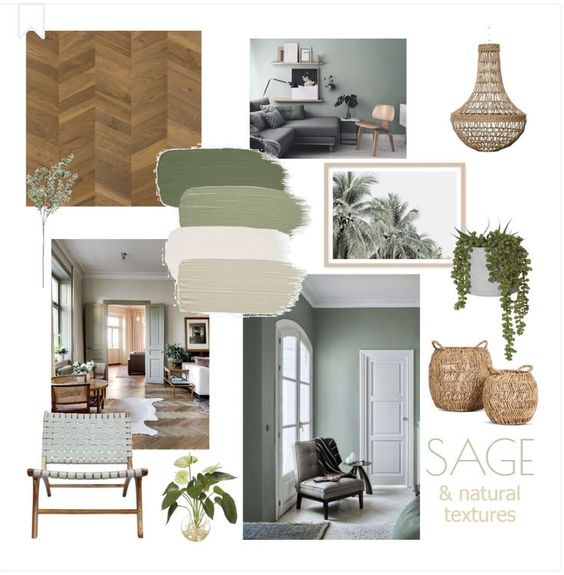
Conceptualization: Mood boards help designers consolidate their ideas and concepts into a cohesive vision. Collecting and arranging images, materials, and colors on a mood board can lead to a better understanding of how these elements work together and contribute to the overall design narrative
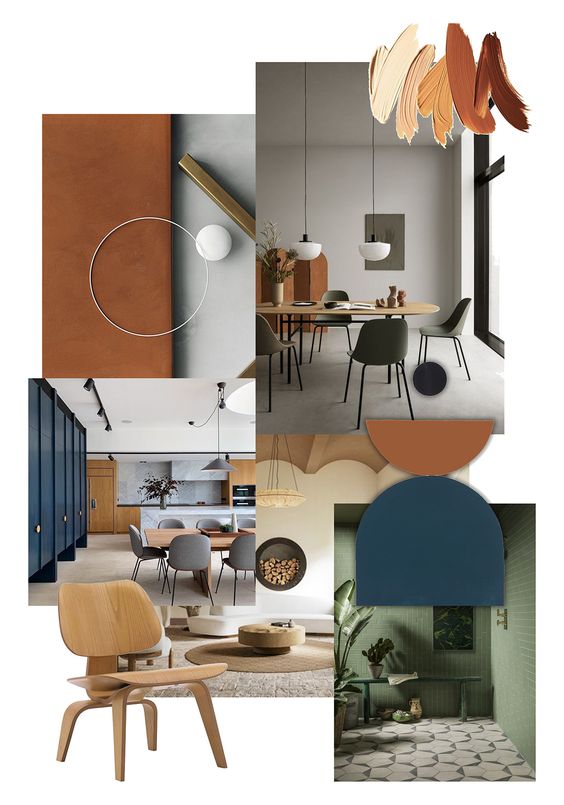
Client Collaboration: Clients may find it challenging to understand design concepts from verbal explanations alone. Mood boards enable designers to present a tangible representation of their ideas, making it easier for clients to visualize the end result. This, in turn, fosters better collaboration and ensures that the client's vision aligns with the designer's

Inspiration and Creativity: Mood boards serve as a source of inspiration for designers. By curating images and materials that capture the desired ambiance and style, designers can spark their creativity and discover new design possibilities they might not have considered initially
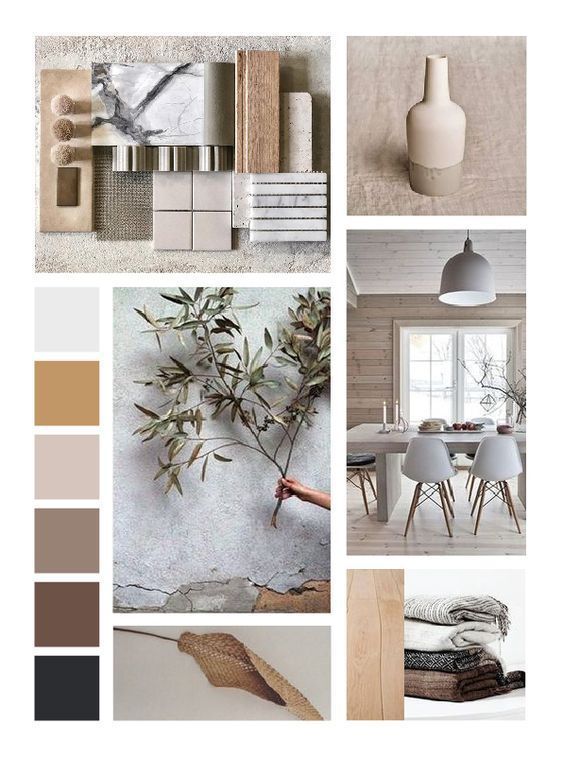
Consistency: A mood board helps maintain design consistency throughout a project. By having a visual reference that captures the design direction, designers can refer back to it during the decision-making process, ensuring that choices regarding colors, materials, and furnishings align with the initial concept
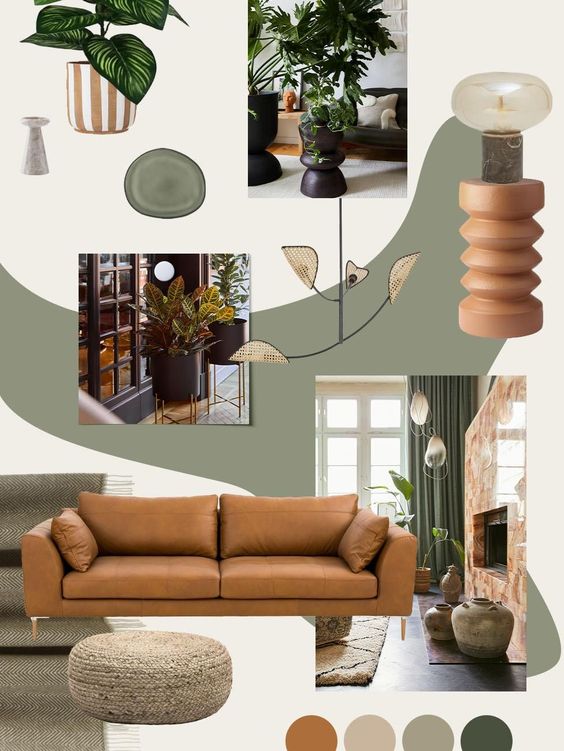
Team Alignment: For projects involving multiple team members, such as architects, contractors, and decorators, a mood board serves as a central reference point. This ensures that all team members have a shared understanding of the design goals and can work together harmoniously to bring the design to life.
Material Selection: Mood boards assist designers in selecting and coordinating materials and finishes for various elements within a space. By visualizing these materials together, designers can evaluate how they complement each other and make informed decisions about the final selections

Avoid Misinterpretation: Designers often have unique visions for their projects, and words alone may not capture the nuances of these visions. Mood boards help prevent misinterpretation by offering a visual representation that leaves less room for ambiguity
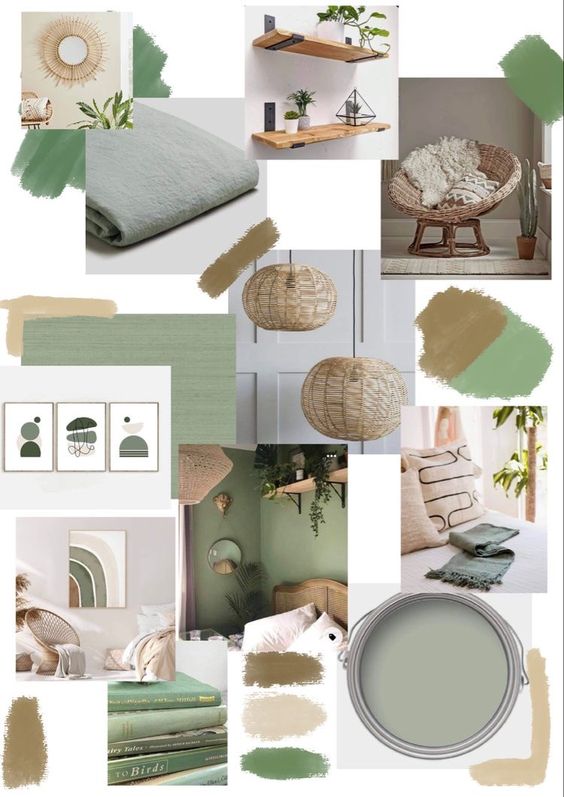
Presentation Tool: When presenting design concepts to clients, stakeholders, or during design pitches, mood boards serve as engaging presentation tools. They create a compelling visual narrative that can effectively convey the designer's intent
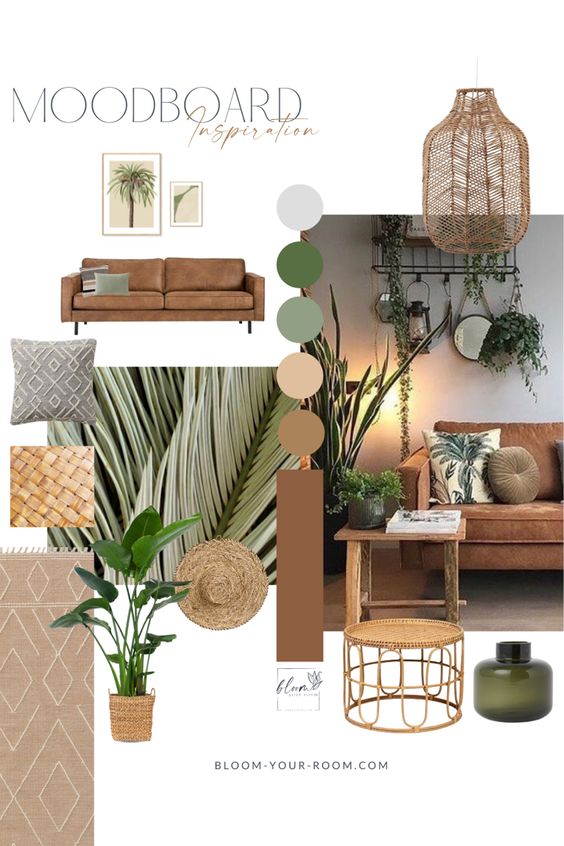
Reference Throughout the Project: As the project progresses, the mood board continues to be a valuable reference point. It helps designers stay focused on the original concept, even as challenges and changes arise during the execution phase
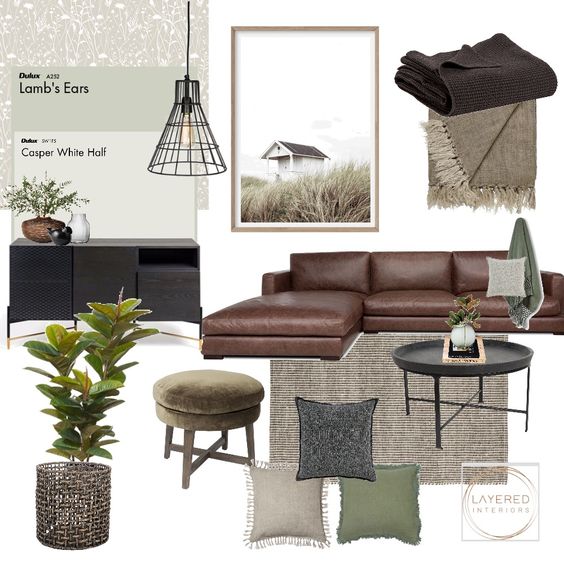
In summary, mood boards are indispensable tools in interior design due to their ability to facilitate clear communication, enhance creativity, guide decision-making, and provide a cohesive vision that ensures successful project outcomes.










